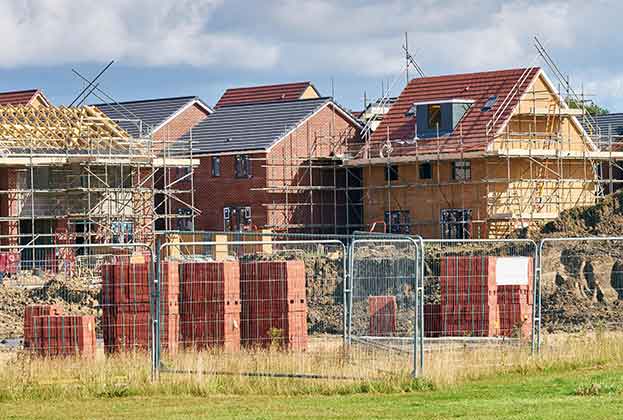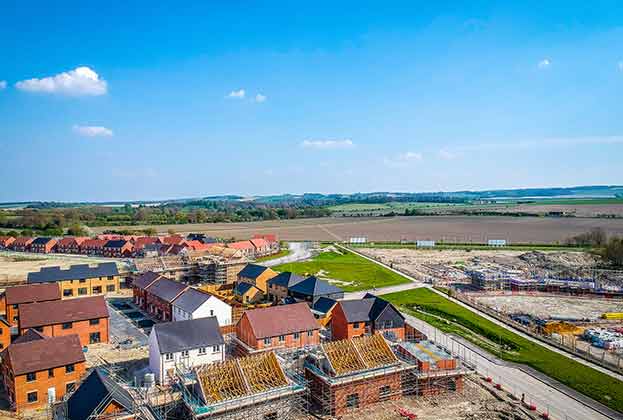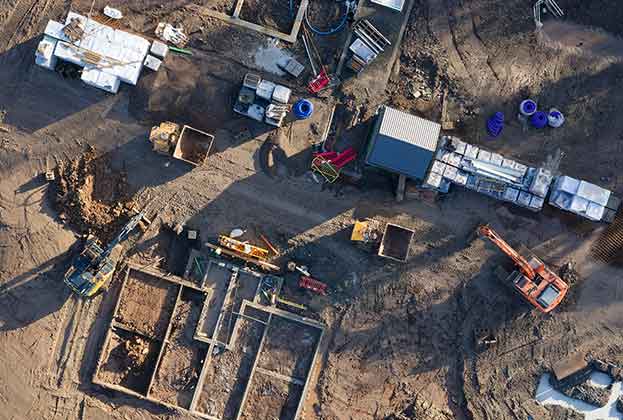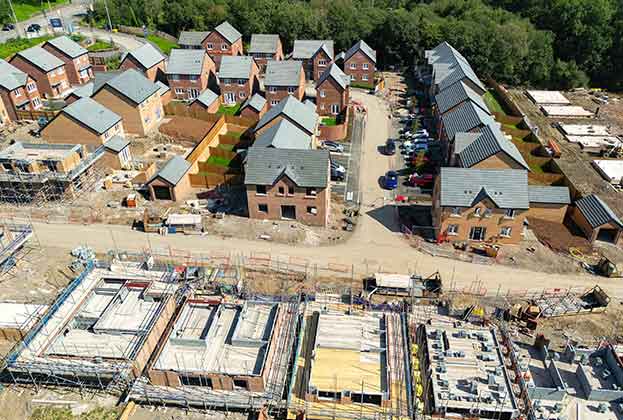What is an SSSI?
A Site of Special Scientific Interest (SSSI) is a conservation designation designed to protect areas of land or water that are considered particularly valuable for their wildlife, geology or landform features.
First established in 1949, there are now over 4,100 SSSIs in England, covering over one million hectares and equating to approximately 8 per cent of the country’s land area. In Wales there are over 1,000 designated SSSIs, covering around 12 per cent of the country.
SSSIs often encompass habitats such as grasslands, parkland, woodland, and some are home to ancient woodland and trees.
Natural England categorises the condition of SSSIs into one of the following:
- Favourable
- Unfavourable (recovering condition)
- Unfavourable (no change or declining condition)
- Part Destroyed or Destroyed
Land within an SSSI must be managed effectively and appropriately to conserve its special features and work towards achieving or maintaining a favourable condition. This includes the sensitive management of woodland, scrub, water levels and animal grazing.
There are restrictions as to what can be done on SSSI land, and each SSSI will have a list of operations that require consent from Natural England or Natural Resources Wales.
SSSIs are notified and protected under the Wildlife and Countryside Act 1981 in England and Wales and commonly covered by other landscape designations, including:
- National Nature Reserves
- Special Areas of Conservation
- Special Protection Areas
How do SSSIs affect development?
In line with the National Planning Policy Framework (NPPF) in England and Planning Policy Wales (PPW), development on land within, or adjacent to, an SSSI should not have an adverse effect on it, either individually or cumulatively, as a result of other developments.
To achieve planning permission, any development that is deemed likely to adversely affect an SSSI will need to demonstrate that the benefits of the proposal clearly outweigh these impacts – in relation to both the SSSI land and any broader implications on the national SSSI network.
In England, Impact Risk Zones (IRZs) are a GIS tool developed by Natural England to assist in making an initial assessment of the potential risks to SSSIs by development proposals. IRZs are defined around each SSSI at varying distances to reflect special features and specific sensitivities. The IRZs indicate the types of proposal within varying zones that could affect the SSSI.
Local planning authorities and developers can use IRZs to help consider whether a proposed development is likely to affect an SSSI – and if so, the need to take this into account earlier in the planning process to minimise delays at application stage.
The complete list of SSSIs can be found on Natural England’s designated sites system for England and the equivalent from Natural Resources Wales.
Further information
Contact Rosie Blenkinsop or Jack Pugsley
-in-england-and-wales.jpg)



.jpg)


.jpg)

.jpg)
